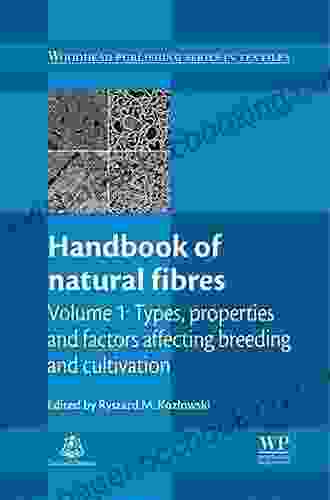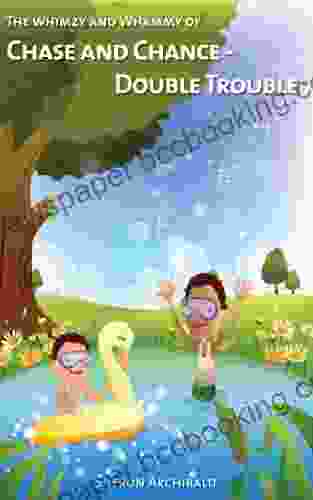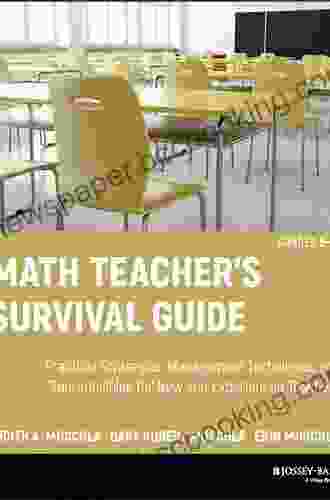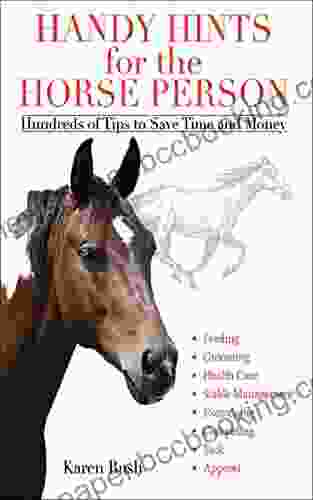Processing and Applications: The Textile Institute Series

Textiles are a fundamental part of our lives. We use them every day, in our clothes, our homes, and even our cars. But how are textiles made? And what are the different processes involved in turning raw materials into finished products?
4.1 out of 5
| Language | : | English |
| File size | : | 12176 KB |
| Text-to-Speech | : | Enabled |
| Screen Reader | : | Supported |
| Enhanced typesetting | : | Enabled |
| Print length | : | 543 pages |
This book provides a comprehensive overview of the processing and applications of textiles. Written by a team of experts from the Textile Institute, it covers everything from fiber preparation to finishing and end-use.
Whether you're a student, a professional in the textile industry, or simply someone who's interested in learning more about textiles, this book is an essential resource.
Fiber Preparation
The first step in textile processing is fiber preparation. This involves cleaning, opening, and blending the fibers to create a uniform material that can be processed into yarn.
There are a variety of different fiber preparation techniques, depending on the type of fiber being used. For example, cotton fibers are typically carded to remove impurities and open up the fibers. Wool fibers, on the other hand, are typically combed to remove short and weak fibers.
Once the fibers have been prepared, they can be blended together to create yarns with different properties. For example, blending cotton and polyester fibers can create a yarn that is strong, durable, and wrinkle-resistant.
Yarn Production
The next step in textile processing is yarn production. This involves spinning the fibers into a continuous strand of yarn.
There are a variety of different spinning methods, depending on the type of yarn being produced. For example, ring spinning is used to produce fine, high-quality yarns. Rotor spinning, on the other hand, is used to produce coarser, more durable yarns.
Once the yarn has been spun, it can be twisted together to create plied yarn. Plied yarn is stronger and more durable than single yarn.
Fabric Construction
The next step in textile processing is fabric construction. This involves weaving, knitting, or crocheting the yarn into a fabric.
There are a variety of different weaving techniques, depending on the type of fabric being produced. For example, plain weave is used to produce a simple, flat fabric. Twill weave, on the other hand, is used to produce a more textured fabric with a diagonal pattern.
Knitting is another method of fabric construction. Knitting produces a fabric that is stretchy and comfortable. Crocheting is a similar method of fabric construction, but it produces a fabric that is more open and lacy.
Finishing
The final step in textile processing is finishing. This involves a variety of processes that improve the appearance, feel, and performance of the fabric.
Some of the most common finishing processes include:
* Bleaching: Bleaching removes impurities from the fabric and makes it whiter. * Dyeing: Dyeing adds color to the fabric. * Printing: Printing creates designs on the fabric. * Finishing: Finishing processes such as calendering and pressing improve the appearance and feel of the fabric.
End-Use
Once the fabric has been finished, it can be used to create a variety of end-use products. These products include:
* Clothing: Textiles are used to create a wide variety of clothing items, from shirts and pants to dresses and suits. * Home furnishings: Textiles are used to create a variety of home furnishings, such as curtains, upholstery, and bedding. * Industrial products: Textiles are used to create a variety of industrial products, such as filters, conveyor belts, and tarpaulins.
Textiles are a versatile and essential material that is used in a wide variety of products. This book provides a comprehensive overview of the processing and applications of textiles, making it an essential resource for anyone who works with textiles or is interested in learning more about them.
4.1 out of 5
| Language | : | English |
| File size | : | 12176 KB |
| Text-to-Speech | : | Enabled |
| Screen Reader | : | Supported |
| Enhanced typesetting | : | Enabled |
| Print length | : | 543 pages |
Do you want to contribute by writing guest posts on this blog?
Please contact us and send us a resume of previous articles that you have written.
 Book
Book Novel
Novel Page
Page Chapter
Chapter Text
Text Story
Story Genre
Genre Reader
Reader Library
Library Paperback
Paperback E-book
E-book Magazine
Magazine Newspaper
Newspaper Paragraph
Paragraph Sentence
Sentence Bookmark
Bookmark Shelf
Shelf Glossary
Glossary Bibliography
Bibliography Foreword
Foreword Preface
Preface Synopsis
Synopsis Annotation
Annotation Footnote
Footnote Manuscript
Manuscript Scroll
Scroll Codex
Codex Tome
Tome Bestseller
Bestseller Classics
Classics Library card
Library card Narrative
Narrative Biography
Biography Autobiography
Autobiography Memoir
Memoir Reference
Reference Encyclopedia
Encyclopedia Julia Walker
Julia Walker Judith A Muschla
Judith A Muschla Kat Zhang
Kat Zhang Judy Cox
Judy Cox Karim Soliman
Karim Soliman Justin Rezvani
Justin Rezvani Karen Deyoung
Karen Deyoung Kate Gable
Kate Gable Mandy Suzanne Wong
Mandy Suzanne Wong Six Sisters Stuff
Six Sisters Stuff Kristen Sosulski
Kristen Sosulski Maggie Dallen
Maggie Dallen Kate Mcmahon
Kate Mcmahon Kari Samuels
Kari Samuels Third Edition Kindle Edition
Third Edition Kindle Edition Tommy Hicks
Tommy Hicks Rickie Lee Jones
Rickie Lee Jones Lis Wiehl
Lis Wiehl Miranda Doerfler
Miranda Doerfler Kalman Applbaum
Kalman Applbaum
Light bulbAdvertise smarter! Our strategic ad space ensures maximum exposure. Reserve your spot today!
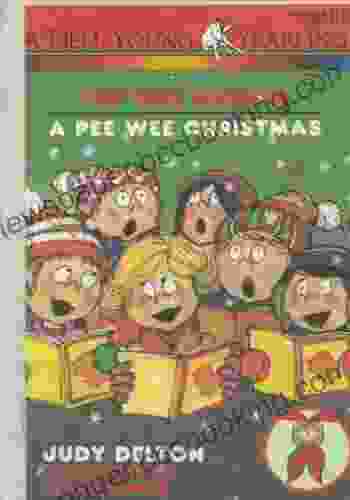
 Branden SimmonsPee Wee Scouts Pee Wee Christmas: A Heartwarming Holiday Adventure for the...
Branden SimmonsPee Wee Scouts Pee Wee Christmas: A Heartwarming Holiday Adventure for the... Trevor BellFollow ·9k
Trevor BellFollow ·9k Emmett MitchellFollow ·19.6k
Emmett MitchellFollow ·19.6k Beau CarterFollow ·15.8k
Beau CarterFollow ·15.8k Edgar CoxFollow ·6.1k
Edgar CoxFollow ·6.1k Ian PowellFollow ·9.5k
Ian PowellFollow ·9.5k Jamal BlairFollow ·17.1k
Jamal BlairFollow ·17.1k Luke BlairFollow ·12k
Luke BlairFollow ·12k Greg CoxFollow ·2.1k
Greg CoxFollow ·2.1k
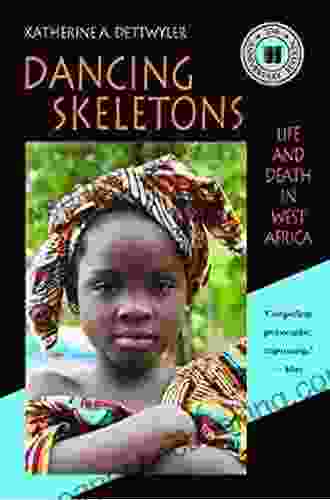
 Drew Bell
Drew BellLife and Death in West Africa: A Groundbreaking Account...
A Journey Through...
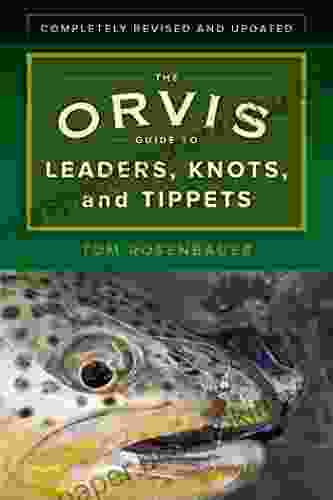
 Stanley Bell
Stanley BellMaster the Art of Fly Fishing Line Management: A...
Are you an avid fly...

 Ernest Powell
Ernest PowellUnleash Your Entrepreneurial Spirit: A Comprehensive...
In the competitive...

 Derrick Hughes
Derrick HughesMaster Your Ride: The Ultimate Guide to Road Bike...
Are you ready to elevate your cycling...
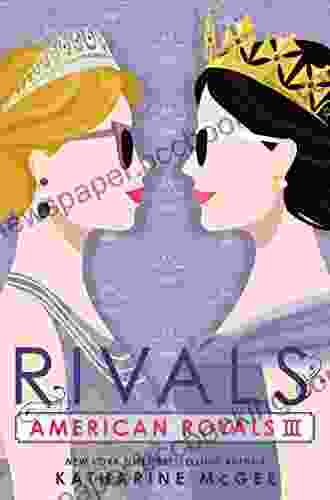
 Camden Mitchell
Camden MitchellUnveiling the Enchanting World of American Royals III:...
Embark on a Captivating Royal Saga: American...
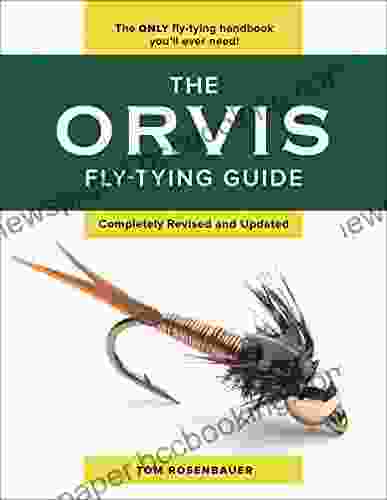
 Richard Simmons
Richard SimmonsUnveiling the Secrets of Fly Tying: A Comprehensive...
In the realm of...
4.1 out of 5
| Language | : | English |
| File size | : | 12176 KB |
| Text-to-Speech | : | Enabled |
| Screen Reader | : | Supported |
| Enhanced typesetting | : | Enabled |
| Print length | : | 543 pages |


